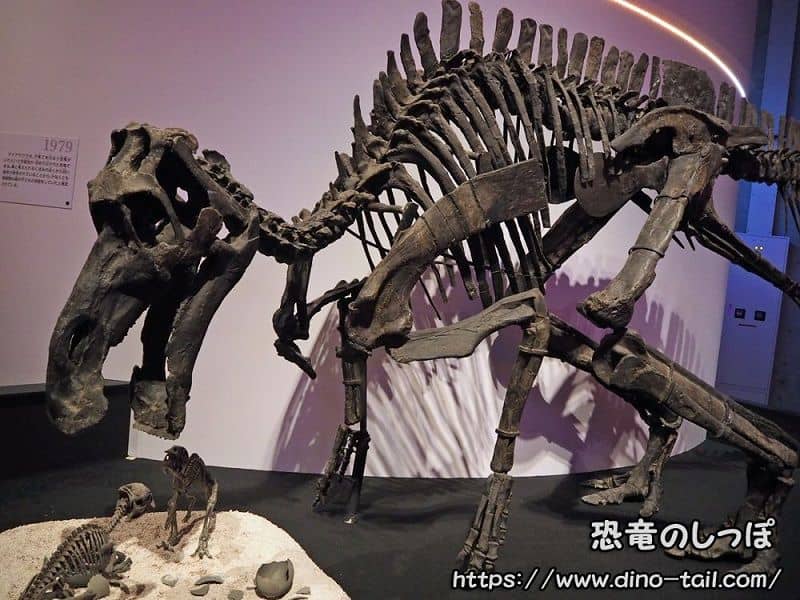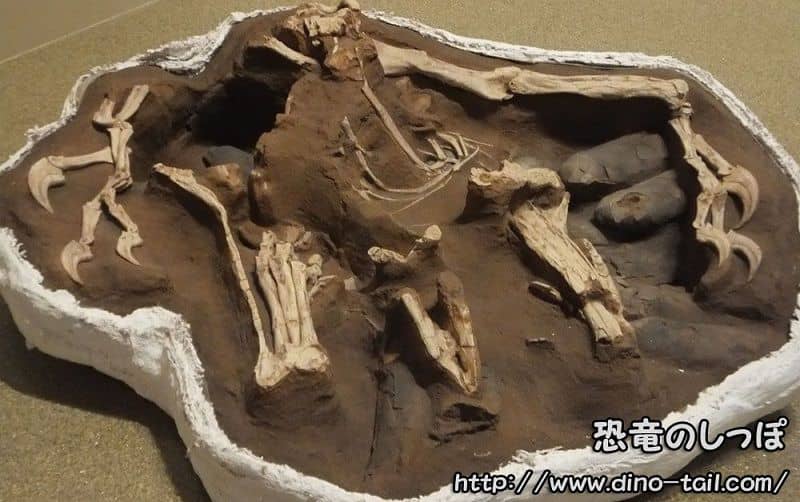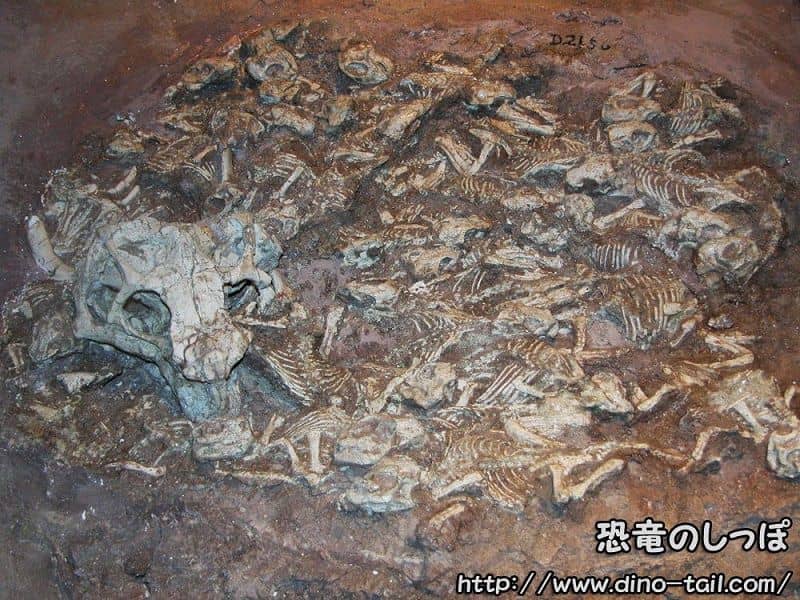Maiasaura - The Good Mother Lizard

The first dinosaur to concretely suggest the possibility of parenting was Maiasaura . The genus name Maiasaura means "good mother lizard."
Examination of juvenile Maiasaura fossils, less than 1 meter long, revealed that their legs were not yet developed enough to walk well. Despite this, the teeth of the young individuals were already worn, suggesting that they stayed in the nest and were fed tough leaves and other food brought by their parents.
Furthermore, the stomach of a Scipionyx (a small Early Cretaceous theropod) hatchling found in Italy contained the fossil of a 15-40 cm long lizard. It is unlikely that a newborn could have caught it on its own, which is considered strong evidence that the parents were feeding it.
Brooding and Paternal Care - Clearing Oviraptor's Name

The theropod Oviraptor was once thought to be stealing eggs from other dinosaurs' nests, giving it the infamous name "egg thief." However, later research revealed that the fossils found on top of nests were actually of individuals brooding their own eggs like birds, clearing its name.
A 2017 study discovered two pigments, biliverdin and protoporphyrin IX, in the eggshells of oviraptorids, indicating that the eggs were a blue-green color. The coloration of the eggs suggests they were camouflaged in the nest, strongly implying that the parents directly brooded and warmed them.
Furthermore, in 2008, evidence of an individual that had not yet laid eggs brooding them led to the publication of research suggesting that "it is highly likely that Oviraptor males (fathers) incubated the eggs." Some modern bird species, like ostriches, also have males that incubate eggs, and oviraptorids may have already acquired this "devoted dad" habit.
Communal Parenting - Huge Nesting Colonies
Dinosaur parenting was not just done by individual families. In Liaoning Province, China, the fossils of one adult and 34 juvenile ceratopsian Psittacosaurus were found together. The average total length of the juveniles was 23 cm, while the adult, presumed to be the parent, is estimated to have been over 1 meter long, suggesting that adults and children lived in social groups.

Furthermore, it has been found that Maiasaura and sauropods discovered in Argentina formed huge nesting colonies with many nests in the same location. This is thought to have been a rational strategy to collectively protect eggs and young from predators.
While it is unknown if all dinosaurs practiced parenting, the evidence discovered suggests that some dinosaurs engaged in diverse and dedicated parenting, much like modern birds—warming eggs, bringing food, and sometimes cooperating in groups.
